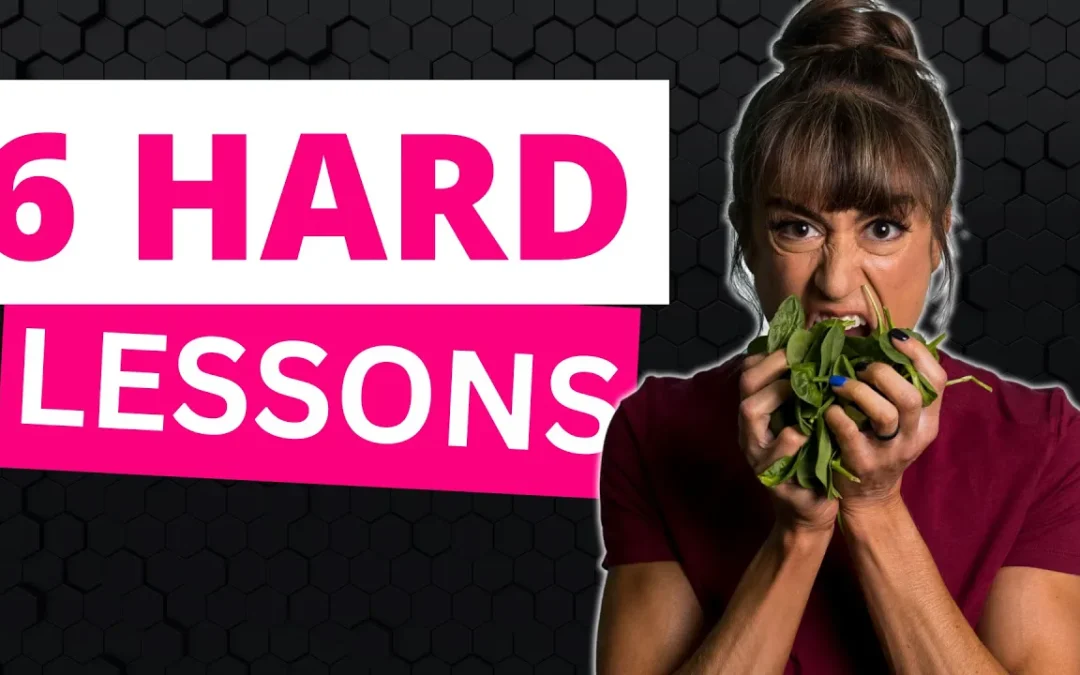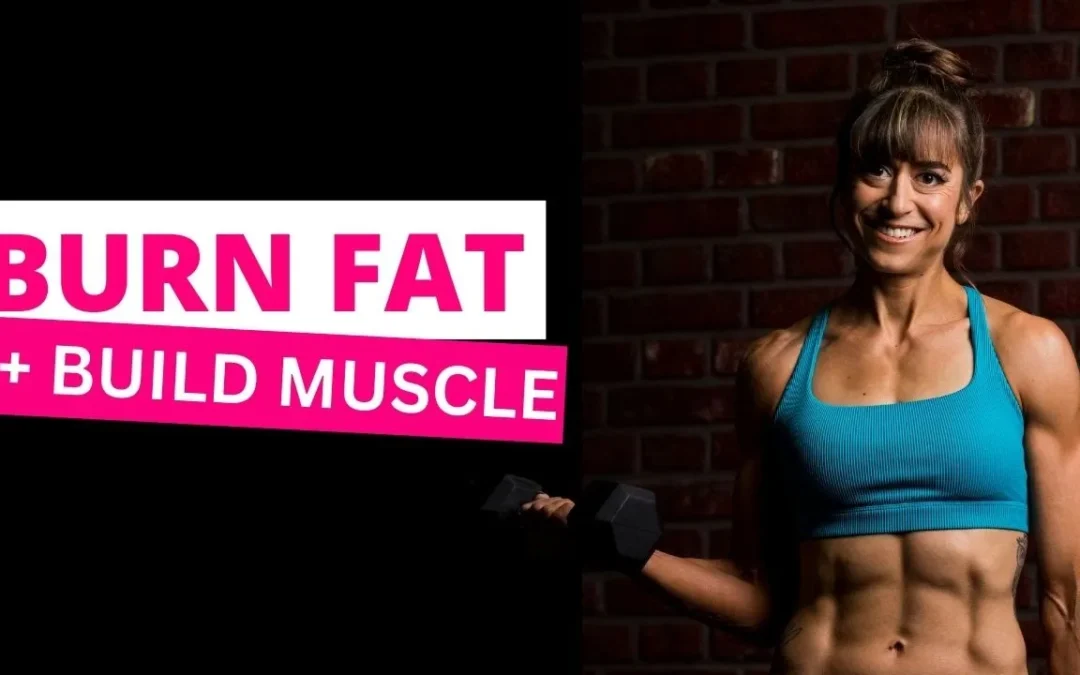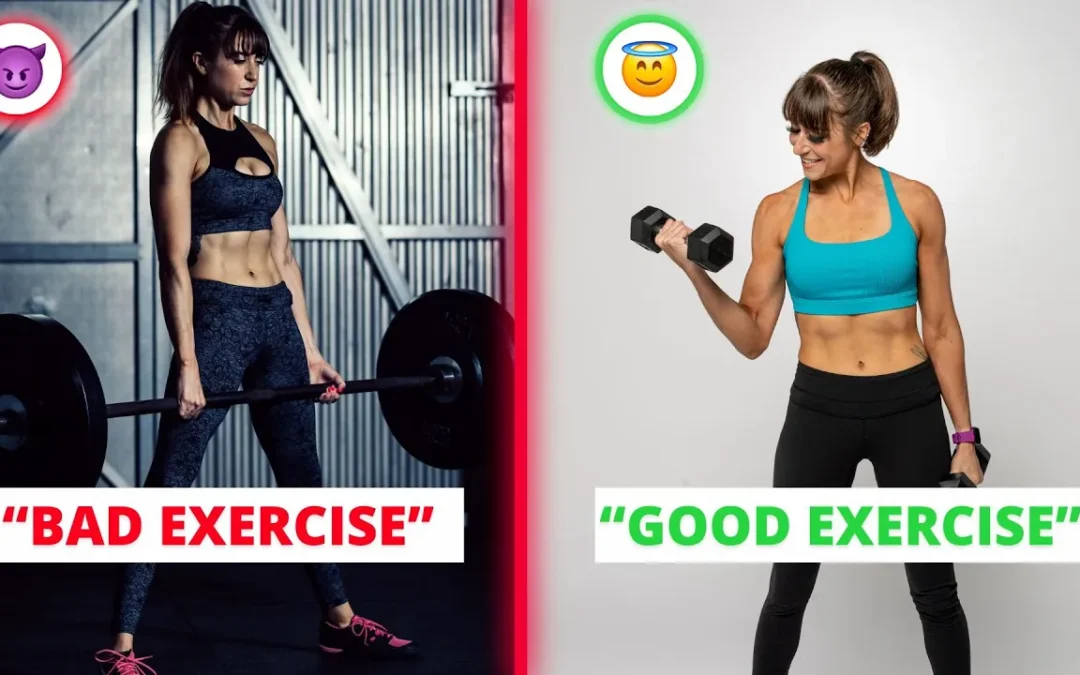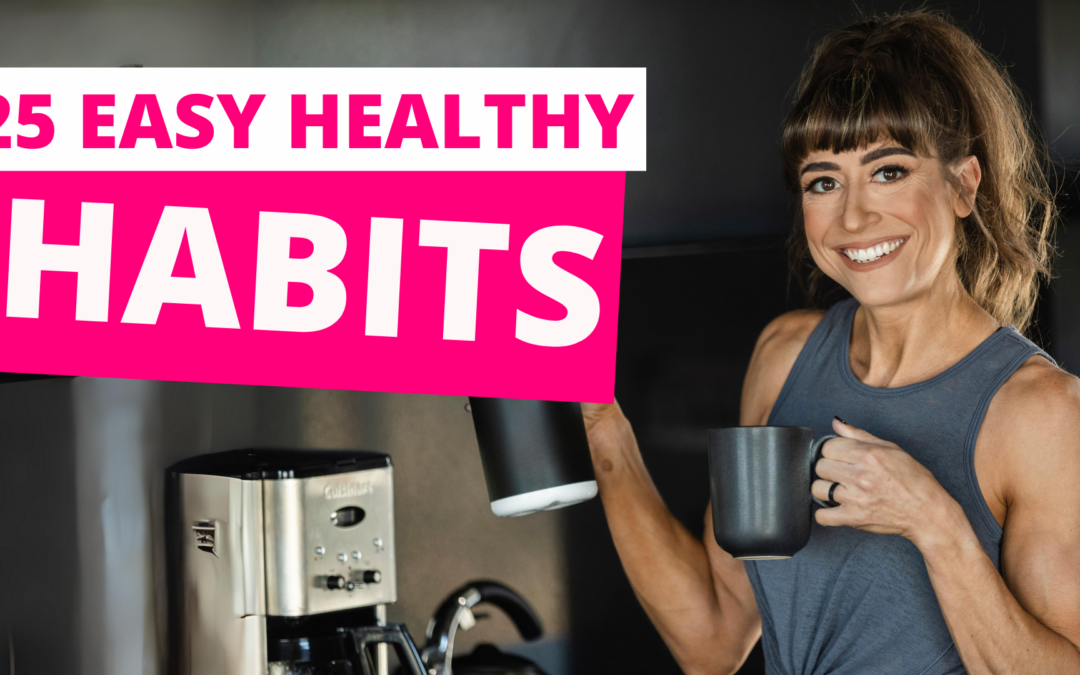
by Cori Lefkowith | Apr 3, 2024 | podcast
LISTEN HERE 7 WATCH HERE 7 TRANSCRIPT 7 OPEN TRANSCRIPT (00:00):Hey guys, this is Cori from Redefining Strength. Welcome to the Fitness Hacks Podcast. This is the show where I share all my free workout and nutrition tips. I’m not going to ever fill this episode...

by Cori Lefkowith | Apr 3, 2024 | podcast
LISTEN HERE 7 WATCH HERE 7 TRANSCRIPT 7 OPEN TRANSCRIPT (00:00):Hey guys, this is Cori from Redefining Strength. Welcome to the Fitness Hacks Podcast. This is the show where I share all my free workout and nutrition tips. I’m not going to ever fill this...

by Cori Lefkowith | Mar 31, 2024 | Blog
1% unsexy habit improvements yield the sexiest and most fabulous results. And often doing just one thing that seems almost too simple can lead to a domino effect that creates better and faster results. If we can start with just one simple daily habit, we can often...

by Cori Lefkowith | Mar 24, 2024 | Blog, Exercises, Workouts
Stop stringing together random moves. Stop just pulling random workouts that feel hard. If you want results, your training sessions need to be designed with purpose. You need to create routines that are actually focused on your goals. Because training hard and...

by Cori Lefkowith | Mar 22, 2024 | podcast
LISTEN HERE 7 WATCH HERE 7 TRANSCRIPT 7 OPEN TRANSCRIPT (00:00):Hey guys, this is Cori from Redefining Strength. Welcome to the Fitness Hacks Podcast. This is the show where I share all my free workout and nutrition tips. I’m not going to ever fill this episode...






